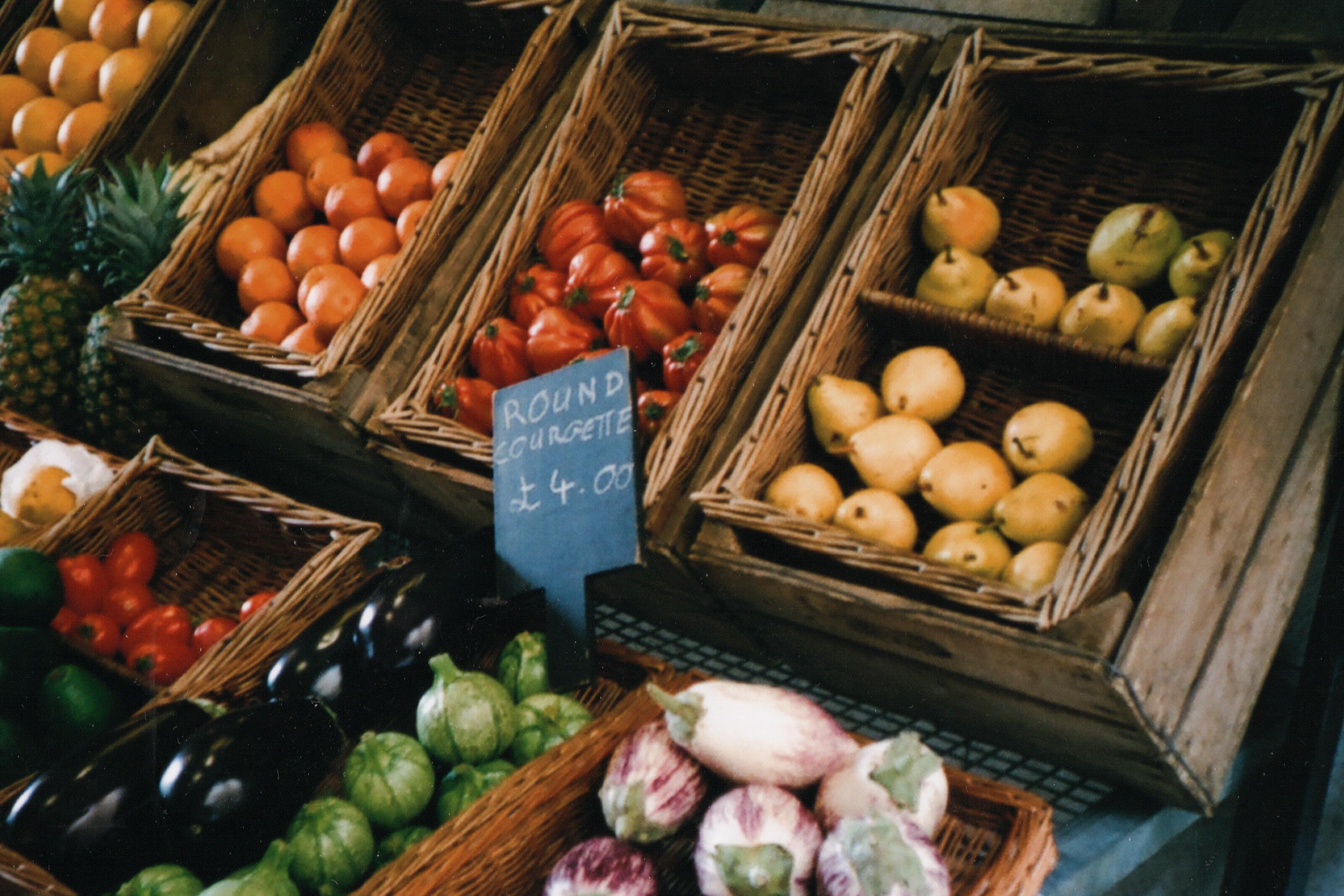Main findings:
-
The global food security environment continues to deteriorate and the gap in food security between countries has widened. The difference between the most and the least food secure economies widened by 5% in 2015-22, and the gap between the top and bottom ten food secure countries expanded by 7%. .
-
The widening gap in food security levels is a reflection of diverging underlying drivers. Weaker states face internal fiscal, economic and political challenges, but their resilience is also tested by external environmental risks owing to climate change.
-
Deteriorating food security environments lead to malnutrition and hunger, which in turn have an adverse impact on health outcomes, cognitive development and labour productivity.
Economist Impact’s Global Food Security Index (GFSI) measures the state of food security across 113 countries and presents the findings in an annual index. It provides a global perspective on which countries are most and least food secure and how resource risks increase vulnerability. The index assesses the core pillars of food security: affordability, availability, quality and safety, and sustainability and adaptation.
The 11th edition of the GFSI presents a worrying picture of global food security. The overall global food security environment has deteriorated in recent years and the divergence of food security environments between countries has increased: countries with historically better food security have improved, whereas countries with the most vulnerable populations have become more food insecure. In 2015, Norway was the top ranking country, with a score of 82, while Sudan had the lowest score, at 36.9—a difference of 45.1 points. In this year’s index, Finland is the top-ranking country, with a score of 83.7, while Syria, the lowest-ranking country, scores only 36.3—a difference of 47.4 points. This means the difference between top and bottom ranking countries widened by 5% between 2015 and 2022. Levels of food security diverge even more between the top ten and bottom ten food secure countries. The difference in the average scores for top ten and bottom ten countries in 2015 was 36.8 points, whereas in 2022 the difference is 39.4 points—an increase of 7%.
What is driving this divergence?
The gaps in the food security environment are driven by a number of sociopolitical, economic and environmental factors. Half of the ten lowest-ranking countries are either active conflict zones or at high risk becoming one. These countries do not have national dietary guidelines for their residents and do not provide nutritional labelling. Rampant poverty limits food affordability, and the governments do not have sufficient fiscal space to fund food safety nets programmes. The poor infrastructure of roads, ports and railways increases food loss between farms and markets. Furthermore, the markets for financial products, such as crop insurance, are not well developed.
Conversely, the most food secure countries have robust food safety net programs with low levels of poverty, and their populations consume diverse diets and good quality proteins. They have well developed markets offering financial products to their farmers, and their governments set strong nutritional standards and food safety legislation. Food losses between farms and consumers are minimal, owing to good road, air and rail infrastructures. These countries also have a strong political commitment to adaptation, with climate-smart agriculture, development of innovative agricultural technology and robust disaster risk management. This means they are not only food secure today, but well prepared for an uncertain future.
What do these widening differences mean for socioeconomic outcomes?
Deterioration of the food security environment directly leads to inequality of access, affordability and quality of food, causing malnutrition and hunger, especially among the most vulnerable. Some reports estimate that at least one in eight children in Syria—the most food insecure country—are stunted, and one out of every three pregnant women in the country are deficient in micronutrients [1]. As many as 260m of the total 768m undernourished people live in Sub-Saharan Africa [2], which is the most food insecure region. These poor levels of food security have negative socioeconomic effects. Malnutrition among children lowers immunity, increasing the risk of disease, and impairs cognitive development, hindering their lifelong learning potential. This translates into loss of labour productivity and costs the economy when they enter the labour force. Some estimates suggest that the global economic cost of malnutrition could be as high as US$3.5 trn per year [3]. Although in many instances hunger can be caused by conflict, it can also exacerbate social unrest and lead to violence.
What can be done about these diverging food security environments?
The divergence of food security between countries is expected to widen as the effects of climate change become more frequent and extreme, and the resulting inequalities will become more severe. According to the Intergovernmental Panel on Climate Change, climate change is expected to raise cereal prices by 29% by 2050, putting 183m people at risk of hunger [4]. This will have an outsized impact on low-income countries and low-income consumers within rich countries, further increasing food inequality. Combating food inequality is a political choice [5] that will require investment in agricultural research and development and on- and off-farm infrastructure, and development of insurance markets and climate-resilient food systems.
For more information on the findings from Global Food Security Index 2022, visit our website: https://impact.economist.com/sustainability/project/food-security-index/
[1] https://resourcecentre.savethechildren.net/pdf/hidden_hunger_in_syria-cc-2020.pdf/
[2] https://www.fao.org/3/cc0639en/online/sofi-2022/food-security-nutrition-indicators.html
[3] https://www.glopan.org/cost-of-malnutrition/#:~:text=Malnutrition%2C%20in%20all%20its%20forms,or%20US%24500%20per%20individual.
[4] https://www.ipcc.ch/srccl/chapter/chapter-5/
[5] https://wir2022.wid.world/chapter-10/




